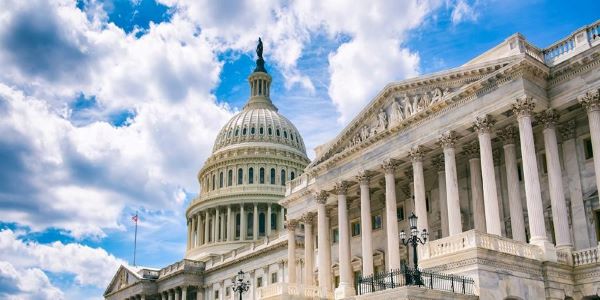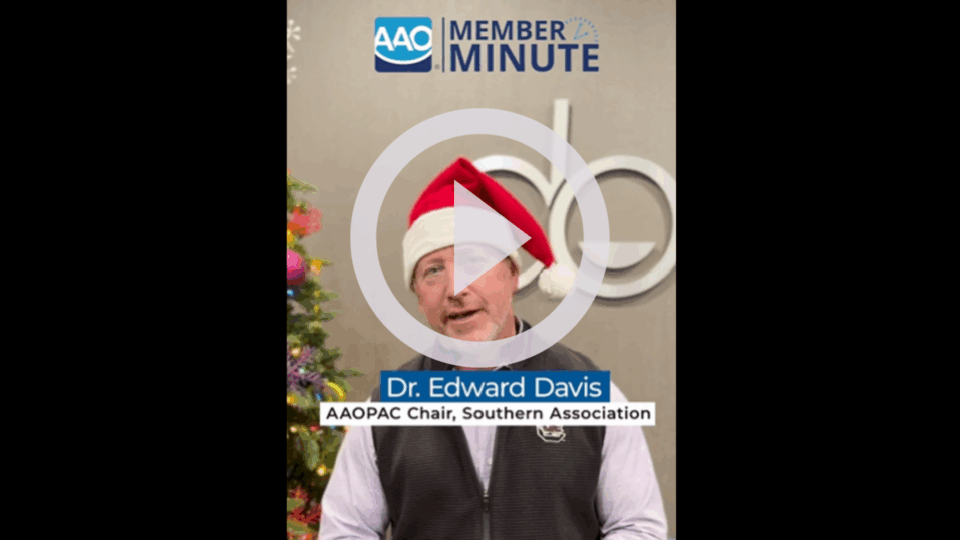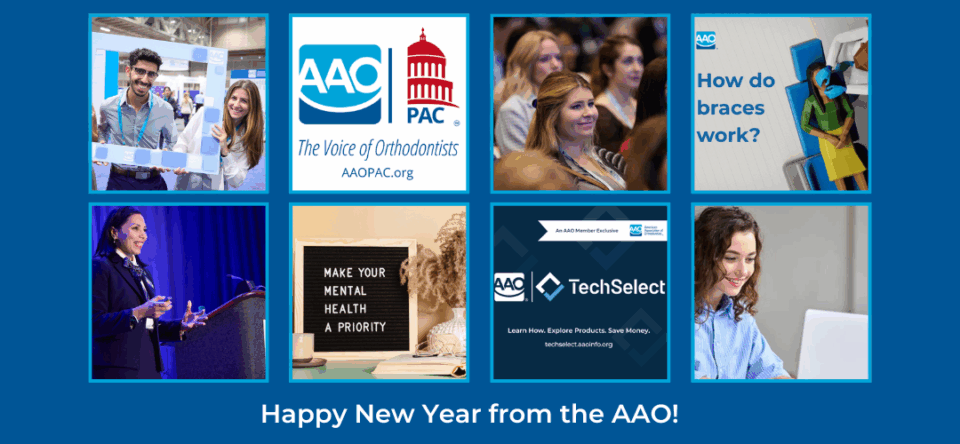In 2017, the Alabama Board of Dental Examiners passed a rule that auxiliaries doing intraoral scanning for orthodontic appliances must be under direct supervision by the doctor (which is a delegation/scope of practice-type of rule that exists in every state in the country). After SmileDirectClub sued the Alabama Board seeking to prevent enforcement of the rule, the Federal Trade Commission (FTC) announced an investigation into whether the Alabama Board committed antitrust violations in passing the intraoral scanning rule.
At the conclusion of the investigation, the FTC announced a proposed settlement with the Alabama Board which (among other provisions) prohibits the Alabama Board from passing any regulation regarding teledentistry for the next 10 years; and requires the board to notify the FTC before they take any action (rulemaking or enforcement) that impacts teledentistry in Alabama in any way. The settlement agreement will remain in effect for 10 years, meaning the Alabama Board is now prohibited for the next 10 years from taking any action that “impedes” clear aligner therapy through teledentistry.
The AAO has serious concerns that the terms of the settlement agreement exceed the boundaries of the FTC’s authority (limited to consumer protection and antitrust enforcement) and interfere in the clinical authority of the Alabama Board by prohibiting the Alabama Board from regulating in particular substantive clinical areas. The AAO strongly feels that the FTC’s involvement in this matter should have been limited to the issue of whether, as required by the U.S. Supreme Court in the North Carolina Bd. of Dental Examiners case, the Alabama Board was “actively supervised” by the state. The settlement agreement goes well beyond that limited issue and dictates to a state dental board that it cannot take any action in a particular clinical area (teledentistry, which is currently an active topic of consideration for many state dental boards). In this respect, the AAO believes the terms of the settlement set a dangerous precedent for the FTC dictating other clinical matters upon which dental and medical boards may seek to regulate regarding teledentistry or telehealth.
For these reasons, the AAO filed a public comment with the FTC raising these concerns. The AAO was joined on the letter by the American Academy of Pediatric Dentistry, and a number of regional and state orthodontic associations. You can view the submitted comment here.
We still need your voice!
The AAO is deeply committed to patient health and safety through orthodontic care provided by qualified specialists. Our mission – to advance our members’ success through education, advocacy, and research that drive excellence in patient care—has never been more important. Share your thoughts and insights now by taking the Advocacy Policy Priority Survey. With a few minutes of your time, you can help the Legal & Advocacy team plan for possible future work and important positions on relevant and timely issues potentially impacting on our members. To view the AAO’s advocacy resources about the importance of an in-person examination and radiographic imaging from reliable, peer-reviewed scientific evidence, please visit www.orthofacts.org.



